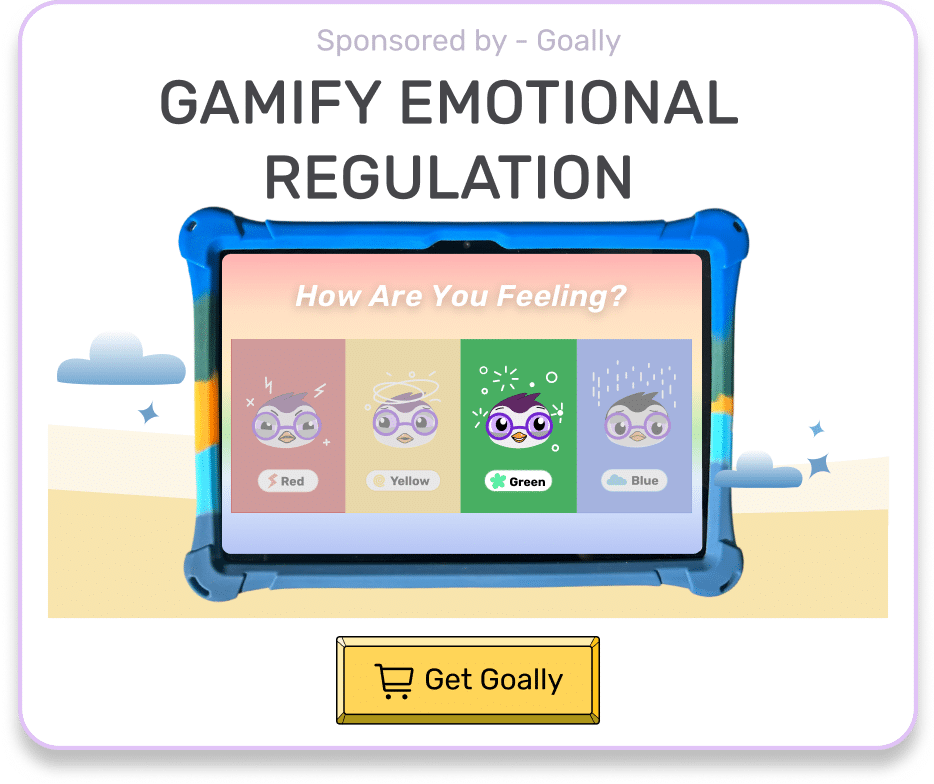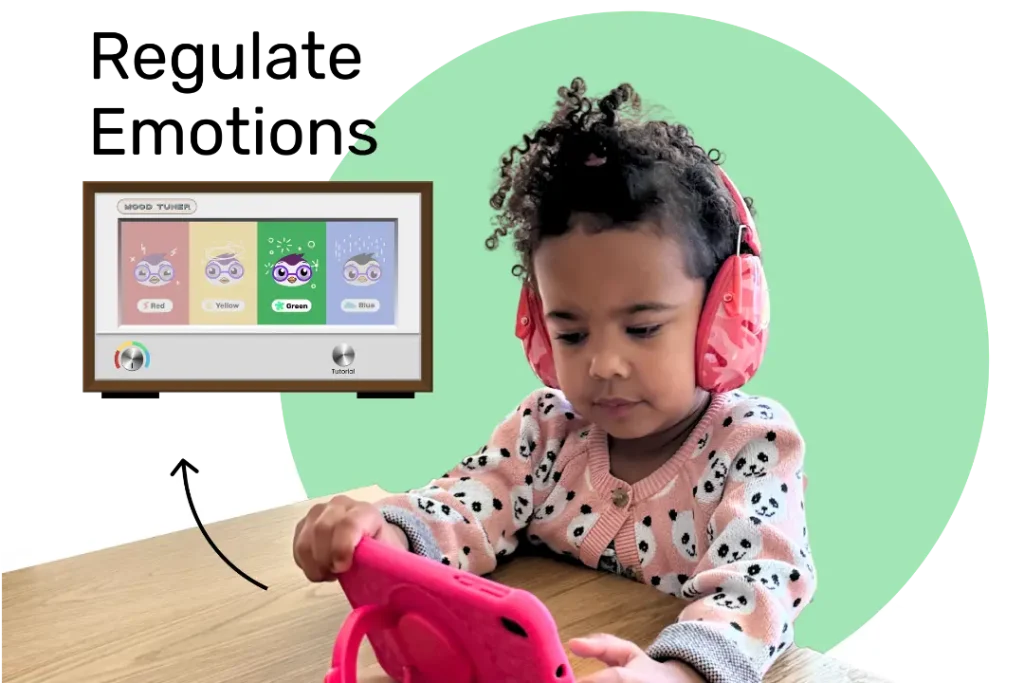Have you ever wondered what it’s like to experience the world in a different way? For kids with hyposensitive sensory processing disorder (hSPD), sensations can seem muted, and everyday experiences lack the intensity most of us take for granted. In this post, we’ll explore what hSPD is, how it affects neurodivergent kids, and practical strategies to support your child’s unique sensory needs. So, let’s get started on this journey to better understand hSPD and equip you with the knowledge and tools to help your child thrive.
Table of Contents
Understanding Hyposensitive Sensory Processing Disorder
Hyposensitive sensory processing disorder is a neurological condition where kids have a decreased sensitivity to sensory input. That is to say, they require more intense or prolonged stimulation to register and respond to sensory information. This can affect any of the senses, including touch, taste, smell, hearing, and vision.
To clarify, hSPD is not a standalone diagnosis but rather a component of sensory processing challenges that can be present in various neurodivergent conditions, such as autism or ADHD. With the proper support and understanding, kids with hSPD can learn to navigate their sensory world more effectively.

Common Signs of hSPD
To better understand hSPD, let’s look at some common signs and behaviors:
Read more: Focus Exercises for Kids
- High pain tolerance: Kids with hSPD might not notice injuries or react to pain as expected.
- Craving intense sensory experiences: They may seek out strong flavors, loud noises, or rough play.
- Difficulty with balance and coordination: A decreased sense of body awareness can make tasks like riding a bike or tying shoelaces challenging.
- Struggling to focus: The need for more sensory input can lead to inattention and difficulty concentrating.
Keep in mind that every child is unique, and the signs of hSPD can vary from one individual to another. It’s essential to observe your child’s behavior and consult with professionals to determine the best course of action.
Supporting Your Child with hSPD
As a parent, you play a crucial role in helping your child navigate their sensory world. Here are some strategies to support kids with hyposensitive sensory processing disorder:

Read more: Is Sensory Processing Disorder Autism?
- Create a sensory-rich environment: Provide opportunities for your child to explore various textures, sounds, and tastes. For example, sensory bins filled with rice, beans, or water beads can offer tactile stimulation.
- Encourage physical activity: Activities like jumping on a trampoline, swinging, or swimming can help increase sensory input and improve body awareness.
- Introduce weighted blankets or compression clothing: These can provide deep pressure stimulation, which may help your child feel more grounded and secure.
- Consult an occupational therapist: A professional can assess your child’s sensory needs and develop a tailored intervention plan.
- Communicate with your child’s school: Share your child’s sensory needs with their teachers and work together to create a supportive learning environment.
Finding the Right Balance
It’s essential to strike a balance between providing sensory input and preventing sensory overload. Here are some tips to help you find that sweet spot:
- Observe your child’s cues: Pay attention to their reactions and adjust the intensity or duration of sensory activities accordingly.
- Establish routines: Consistent routines can help your child feel more secure and better manage sensory input.
- Offer choices: Empower your child by giving them options for sensory activities, allowing them to explore their preferences and limits.
- Practice patience: Remember that finding the right balance may take time and experimentation. Be patient and supportive as you and your child navigate this journey together.
Goally | Kid’s Tablet for Building Emotional Regulation Skills
Is your child struggling with understanding and managing their emotions? Goally teaches emotional regulation skills in a fun and interactive way!

The Mood Tuner app encourages kids to look inwards and identify their feelings, helping them understand what’s going on inside. Once they’ve recognized their emotions, they can choose from a variety of exercises designed to help them self-regulate and find their balance.
Hyposensitive sensory processing disorder can present unique challenges for kids and their families. By understanding the condition and implementing supportive strategies, you can help your child embrace their sensory differences and thrive in their environment. Remember, you’re not alone in this journey – reach out to professionals, educators, and fellow parents for guidance and support. Together, we can create a world where all neurodivergent kids can flourish. Goally is here to support you and your child on this journey, providing tools and resources to help them succeed.
FAQ’s About Hyposensitive Sensory Processing Disorder
What is hyposensitive sensory processing disorder? Hyposensitivity, in sensory processing disorder, refers to under-responsive or reduced sensitivity to sensory input like touch or sound. How does hyposensitivity present itself in a child? A child with hyposensitivity might have a high tolerance for pain, attractions to intense sensory experiences, or appear unresponsive to stimuli like hot or cold. What are some common challenges for kids with hyposensitive sensory processing disorder? Challenges can include difficulty with motor skills, clumsiness, impulsive behavior, and difficulty understanding space and distance. How can parents help kids with hyposensitive sensory processing disorder? Parents can support through sensory integration therapy, routines that incorporate sensory experiences, and providing tools like fidget toys or weighted blankets. Are there any effective tools or resources for managing hyposensitive sensory processing disorder? Many find visual schedules, emotional regulation apps, and sensory integration therapy resources beneficial.
This post was originally published on 05/18/2023. It was updated on 12/27/2023.

Goally
We help parents teach their kids life skills, like doing bedtime and morning independently. Backed by science, we incorporate evidence-based practices and expert-informed designs in all of our apps and content.






